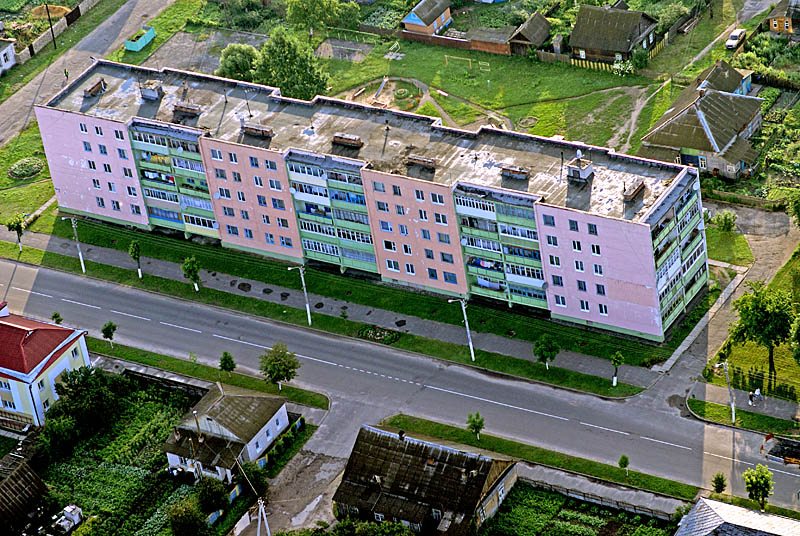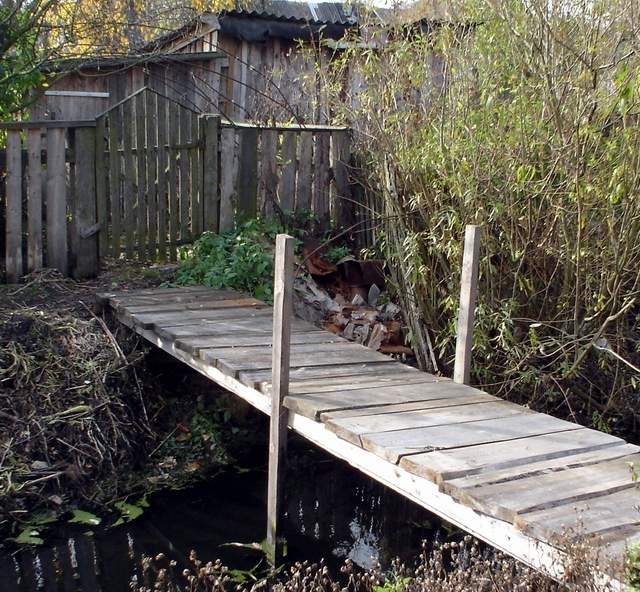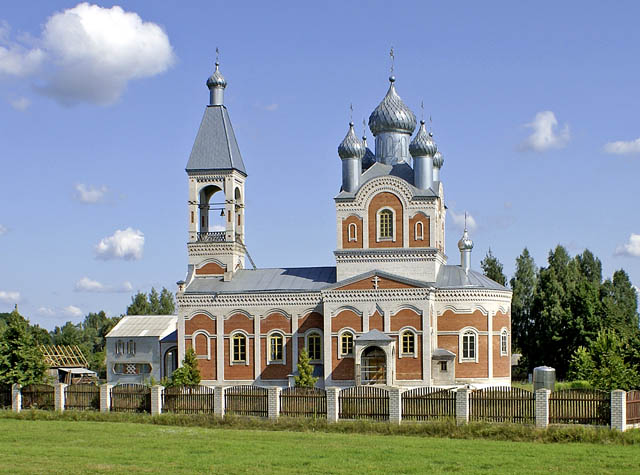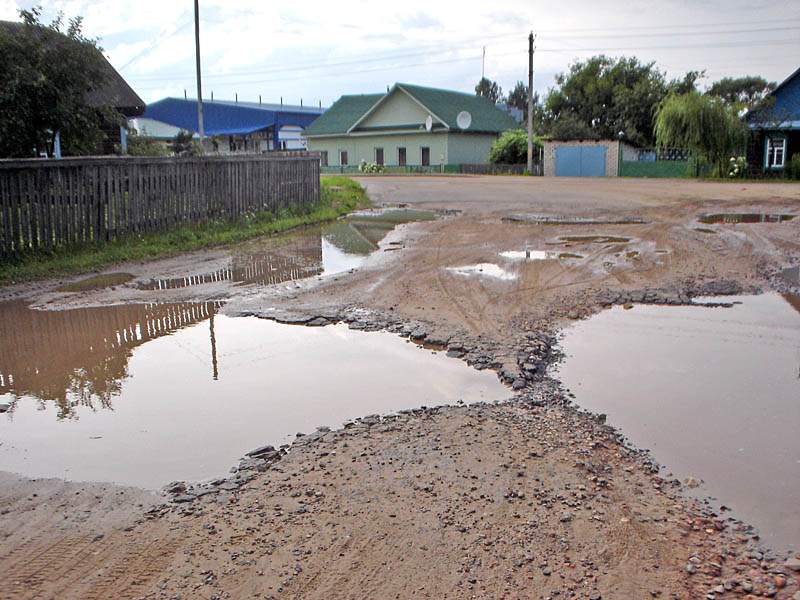| Галоўная » Артыкулы » История |
by Oleg Perzashkevich Glusk before 1917
History
Late XV century - Glusk was mentioned for the first time as Glusk Dombrovitsky, a private possession of the Dukes Golshanskies (magnate family of Great Lithuanian Princedom). The castle was constructed there on the bank of Ptich river. 1506-1791 - Glusk Dombrovitsky was a shtetle in Novogrudok District of Novogrudok Province. 1508 - Glusk Dombrovitsky was the place where rebels, led by Duke Mikhail Glinsky, talk with Rech Pospolitaya and 1525 - Polish King and Great Prince Sighizmund I Old awarded Yury Golshansky with the privilege to hold regular fairs in Glusk Dombrovitsky. Soon Jewish population appeared. 1558 - Duke Semyon Golshansky, who was the last male representative of that family, died and his vast estates were inherited by his 5 daughters. 2 of them, particularly Sofia and Yelena, had got Glusk castle and all lands and settlements around. Early 1560s - Sofia Golshanskaya married Alexander Polubinsky and Glusk shtetle became a possession of Polubinsky noble family. 1560s - Vilno high official Yeronim Khodkevich married somebody from Polubinsky family, who had got Glusk from Sofia Golshanskaya as her dowry. 1568 - Yan Khodkevich was awarded the title of Count of Glusk, Shklov, Bykhov and Mysh, so Glusk became a center of End XVI century - as a result of intermarriages Glusk became a mutual possession of Polubinsky and Chartoryzhsky (Polish magnates) family. Such mutual ruling called for disputes and even armed conflicts. 1605-1618 - during the war between Rech Pospolitaya and Muscovy Russia Glusk inhabitants often fought against Rech Pospolitaya noble (shlyakhta) bands, which passed Glusk on the way to 1616 - most major battle between Glusk inhabitants and noble formation. Glusk won it and captured that formation baggage transport. Shlyakhta robbed and burned some villages around in revenge. 1628 - to stop the discussion of the followers of Brest Church Union and Roman Catholics about the superiority in Glusk County that time Glusk owner Konstancy Polubinsky founded a Roman Catholic church in Glusk and two Roman Catholic chapels in close villages. 1662 - chief councillor of Volkovysk Province Alexander Polubinsky founded in Glusk splendid Roman Catholic church and the Cloister of St. Bernardus in stone. 1775 - Glusk was burned to the ground. After it the Supreme Warsaw Sejm (parliament) liberated Glusk from all taxes for next 10 years. 1793 - Glusk became a shtetle in Russian Empire. 1801-1917 - a shtetle in Bobruisk District of Minsk Province. 1818 - local believers built Orthodox church of Resurrection in Glusk. 1832 - the Cloister of St. Bernardus was closed and liquidated. Vital Statistics
Jewish Life
In 1717 Jewish community of Glusk paid 600 Polish zlotys to the State Treasury of Rech Pospolitaya. In the end XIX - beg. XX century in Glusk there were: one Jewish school with female stream (male teacher was PORTNOY Aron Yankelevich, female teacher was PORTNAYA Fruma Yankelevna); one synagogue; five praying houses. Economic Review
Traditional activities of local Jewish population were trade with timber, fabrics, cattle, vodka and famous "Glusk tea" (the drink that was made of local plants and was similar to tea in colour and functions). Since early time Ptych river was the main road for local habitants. Since the privilege of 1525 Glusk began to develop as a local trade center. The wars and fires, took place in the the second half of the XVII-XVIII century caused economic and general decay of the Town. During Russian principality vodka trade was under state hard control and became less popular among Jewish businessmen. But Russian authorities did a lot to develop the region because of military and fiscal reasons mostly. First of all, old communications were reconstructed there: road Glusk - Mozyr; road Glusk - road Glusk - road Glusk - Slutsk. Old harbour was renovated. In XIX, because of development of the All-Russian Market, new types of communications appeared in the area in 1873. Construction of the railroad provoked new increase of the development of the region. But it did not rapidly effect to development of Glusk, because the closest railway station was By 1882 there were over 500 wooden houses in Glusk, but the only one stone building was the old closed cloister, built in 1662. By 1900 there were 3 leather factories in Glusk. Here is the list of major business and trade enterprises of Glusk and the Subdistrict for 1902:
Bobruisk District Historical Economic Summaries Provided by http://www.shtetlinks.jewishgen.org
| |||||||||||||||||||||||||||||||||||||||||
| Категория: История | Добавил: Vladmin (04.05.2009) | |||||||||||||||||||||||||||||||||||||||||
| Просмотров: 1340 | |||||||||||||||||||||||||||||||||||||||||
| Всего комментариев: 0 | |




